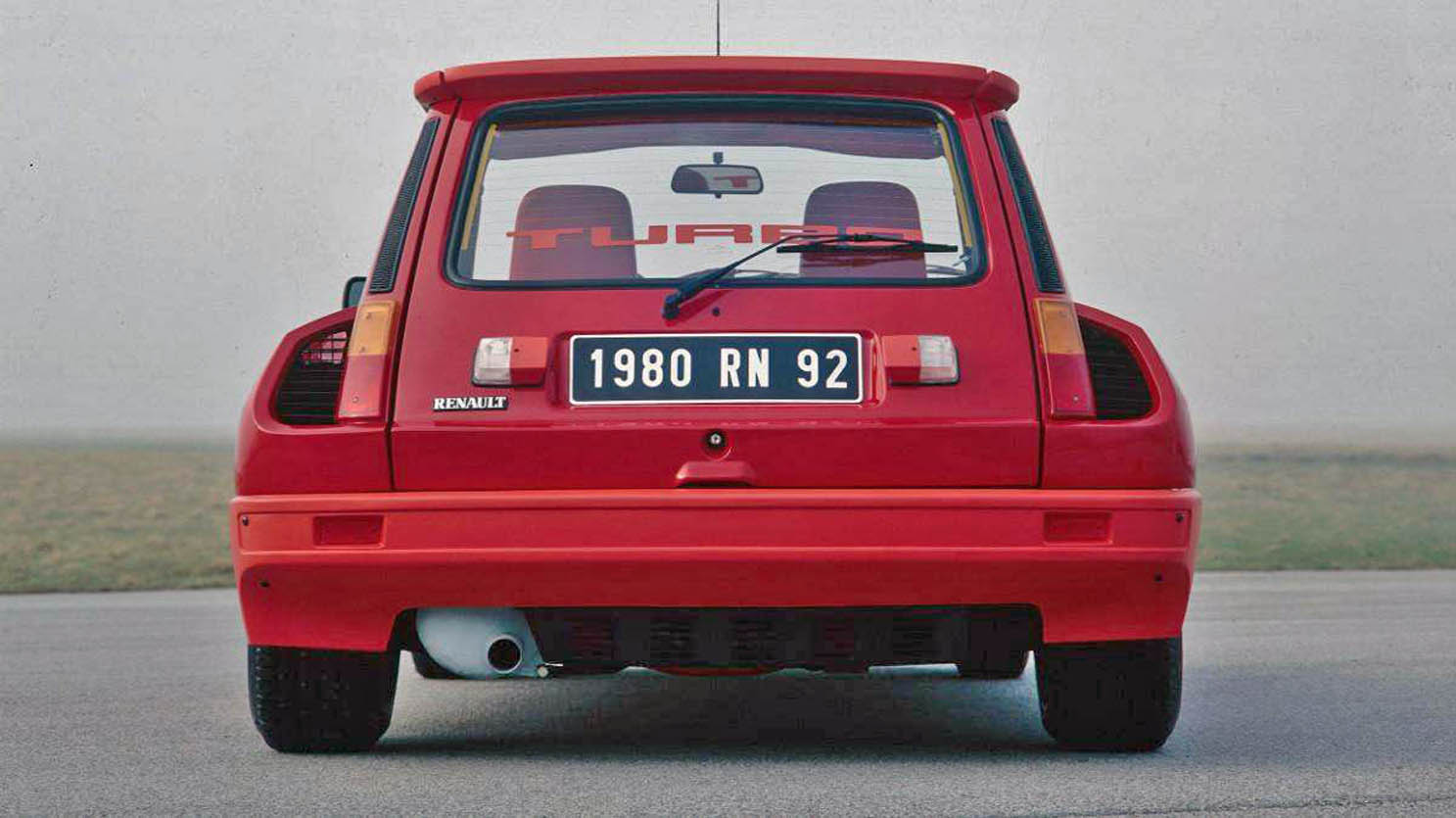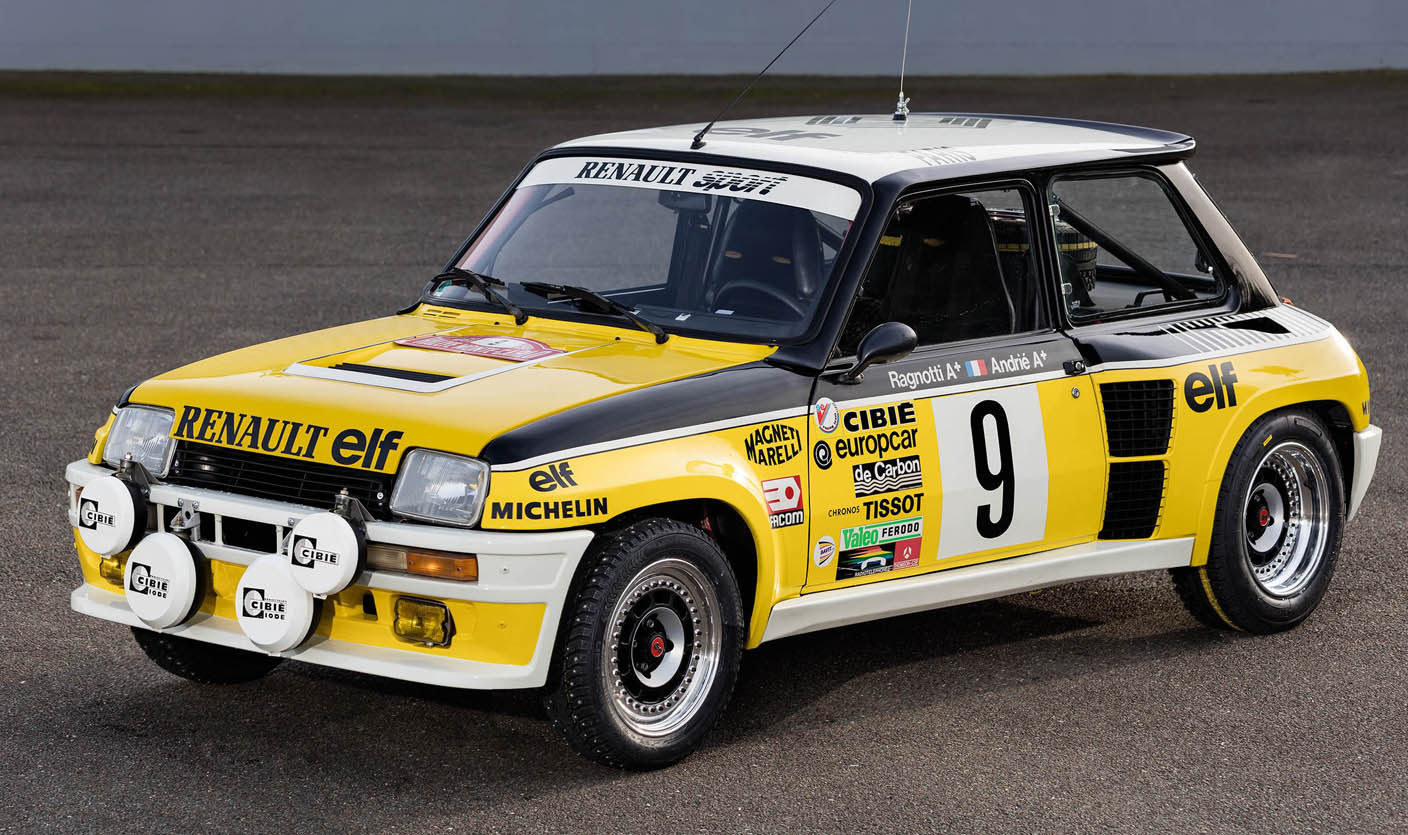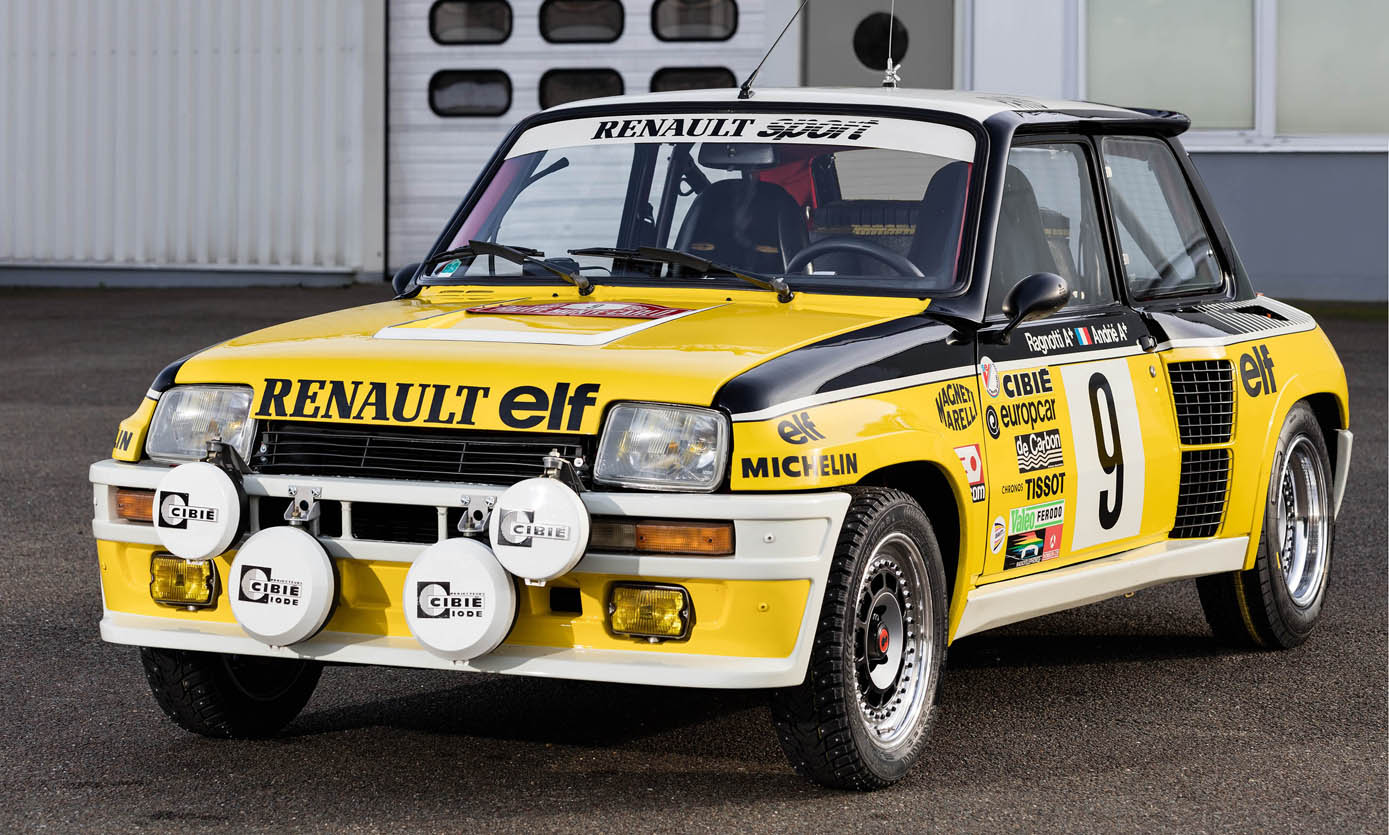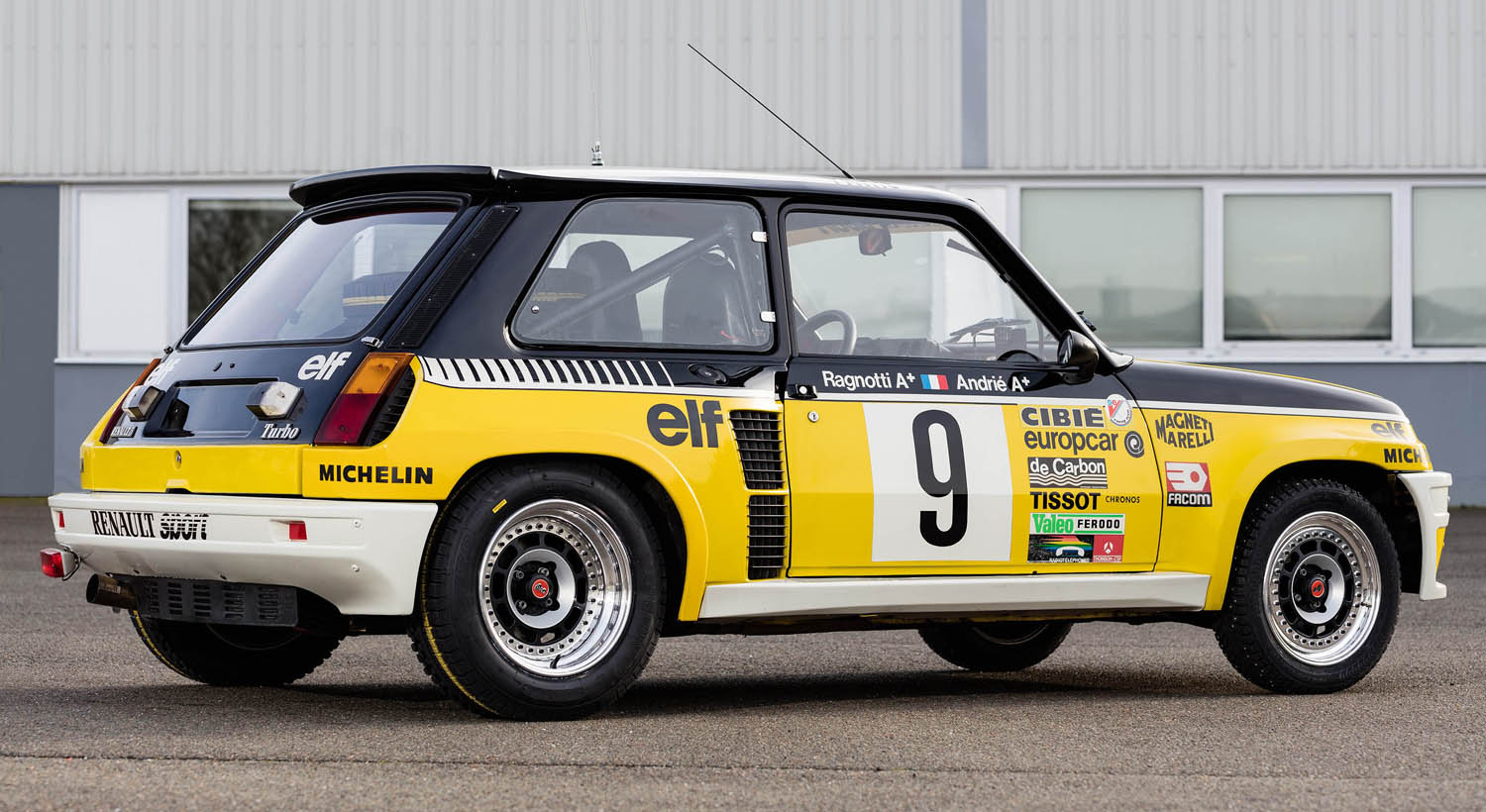
In the 1980s, the hot hatch segment witnessed the arrival of an automotive legend, the Renault 5 Turbo. Launched in 1980, this French marvel was not just a hatchback but a rally-bred machine, packing innovative engineering and thrilling performance that quickly made it one of the most desirable cars of its era.
A Radical Departure from the Standard Renault 5
What set the Renault 5 Turbo apart from the regular Renault 5 was its mid-engine, rear-wheel-drive layout, a configuration typically reserved for exotic sports cars. This completely altered the car’s weight distribution and handling, offering a raw, unfiltered driving experience that was exhilarating and, at times, borderline wild. Renault had to significantly redesign the chassis, making it wider and sturdier to house the engine, and even added a reinforced roll cage to ensure the driver’s safety.

This wasn’t just a spruced-up version of the Renault 5, it was a re-engineered performance machine, purpose-built for both the road and the racetrack.
Turbocharged Power and Performance
The Renault 5 Turbo 2 came equipped with a turbocharged 1.4-liter inline-four engine, delivering a remarkable 185 horsepower and 221 Nm of torque. Weighing just 970 kg, the car’s power-to-weight ratio was staggering for the time, propelling it from 0 to 100 km/h in just 6.7 seconds, with a top speed of 203 km/h. These figures were almost unheard of for a hatchback in the 1980s, and they instantly set the Renault 5 Turbo apart from its competitors.
An additional, less powerful variant was also available, producing 160 horsepower. Yet, even this version delivered a driving experience that was both dynamic and engaging.

The model was divided into two distinct versions:
- Renault 5 Turbo 2 for road use, offering a more refined but still thrilling experience.
- Renault 5 Turbo 1, designed primarily for rally competitions, where it truly came alive.

Rally Domination and the Birth of the Renault 5 Maxi Turbo
In rally trim, the Renault 5 Turbo was an absolute beast. Early versions developed 180 horsepower, which was soon increased to 207 horsepower. By 1984, the introduction of the Renault 5 Maxi Turbo pushed power levels even further, with outputs exceeding 350 horsepower. This was achieved through larger intercoolers, reinforced engine components, and wider exhaust outlets, transforming the car into a serious contender in Group B rallying.
This immense power, combined with the car’s lightweight frame, gave it blistering acceleration and nimble handling on the rally stage. Renault’s investment in making the 5 Turbo a rally monster paid off handsomely, and the car racked up an impressive series of victories.

World Rally Championship Triumphs
The Renault 5 Turbo’s rally career was nothing short of stellar, achieving notable wins in the World Rally Championship (WRC)
. Some of the most memorable victories include:
- 1981 Monte Carlo Rally (49th edition) – Driver Jean Ragnotti and co-driver Jean-Marc Andrié claimed a famous victory in the Renault 5 Turbo.
- 1982 Tour de Corse Rally (29th edition) – Ragnotti and Andrié triumphed once again in Corsica, solidifying the car’s dominance in technical rally stages.
- 1985 Tour de Corse Rally (26th edition) – This time in the powerful Renault 5 Maxi Turbo, Ragnotti led the team to another win.
- 1986 Rally de Portugal (20th edition) – Joaquim Moutinho and Edgar Fortes drove the Renault 5 Turbo to victory, showcasing its continued prowess.

A Lasting Legacy
The Renault 5 Turbo redefined what a hot hatch could be. Its revolutionary design, mid-engine layout, and turbocharged power set new standards in both road cars and rally competition. Although production ended in 1986, its legacy continues to inspire modern performance hatchbacks and rally cars alike.
Even today, the Renault 5 Turbo remains a highly sought-after collector’s item, beloved for its blend of raw power, lightweight design, and historical significance. Whether on the road or tearing up rally stages, the Renault 5 Turbo stands as a testament to Renault’s bold vision in creating one of the most iconic cars of the 1980s.





























